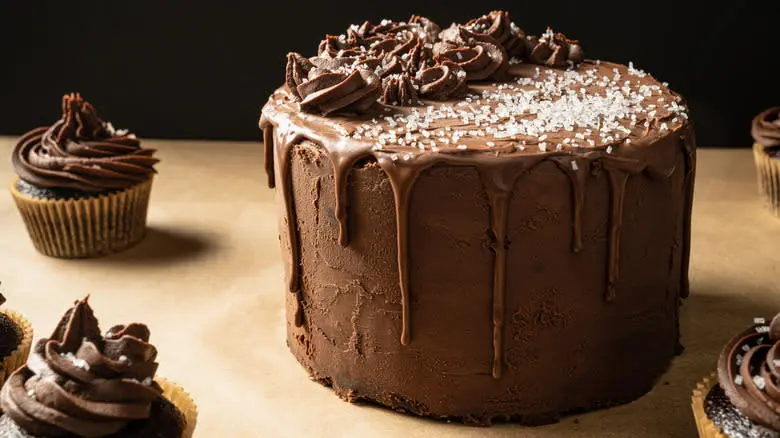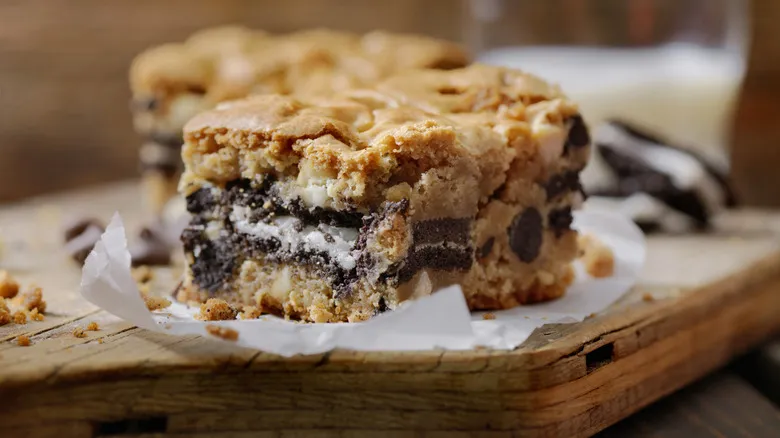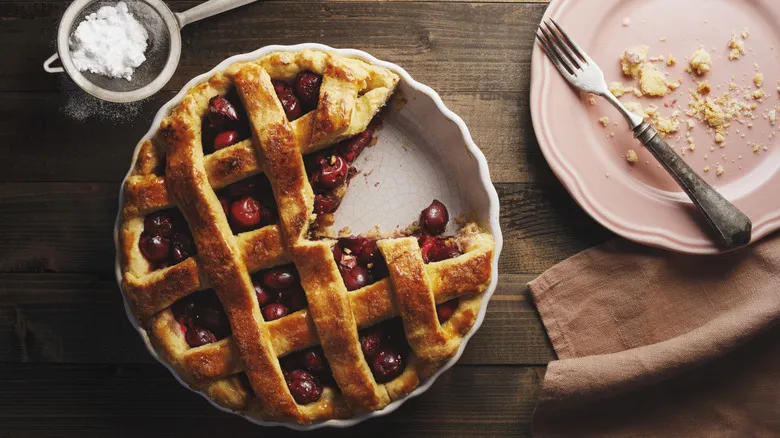Understanding the science of leavening agents
Do all baked goods need baking soda or baking powder? Not necessarily—items like crepes or flourless cakes can do without them entirely. However, for typical fluffy cakes and even flatter options like pancakes and cookies, a leavening agent is essential. To grasp not only the fundamental science behind baking but also your alternatives for substitutions, it's important to first understand the role of leavening agents.
Both baking soda and baking powder contain sodium bicarbonate. Baking powder also has an acid component, which means it only requires liquid to activate, while baking soda needs an additional acid to work (think back to those fizzy volcano experiments in elementary school using vinegar and baking soda). When activated, both baking soda and powder produce carbon dioxide, creating numerous tiny bubbles in your baked goods, which helps batters and doughs rise during baking.
Fortunately, if you find yourself without either ingredient, you can use alternatives like whipped egg whites or a splash of club soda, which replicate this chemical reaction by introducing air and lightness into the batter. In both scenarios, it's important to act quickly and handle the mixtures gently, especially with the egg whites, to maintain their fluffiness. However, when using self-rising flour, there's no need for delicate handling. This dry ingredient is simply all-purpose flour that has been pre-mixed with baking powder and a bit of salt, streamlining your ingredient list and steps while preventing your treats from collapsing.
Recommended

Add Stout Beer To Your Chocolate Cakes For A Moist And Flavorful Bite

Avoid This Simple Mistake For Better Decorated Focaccia

How To Make Stuffed Cookies With Store-Bought Dough

What To Keep In Mind When Baking A Pie With Frozen Fruit
Next up

